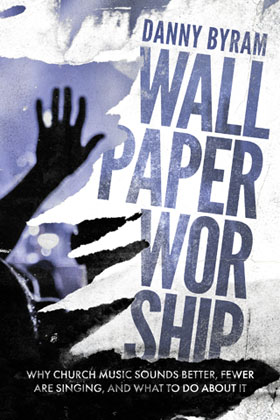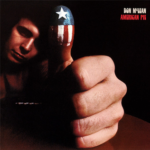
WHY WORSHIP IS LIKE FOOTBALL

In 1959 Vince Lombardi became the new head coach of the losing team known as the Green Bay Packers. The team’s record said it all: only two winning seasons of twelve. Assuming they had a desire to win, the new coach concluded: what they had been doing wasn’t leading them in a winning direction. As he stood before them, he told his players that under his leadership they would return to the fundamentals of the game. He picked up a football and gave what was to become the most famous quote in NFL history: “Gentlemen, this is a football.”
Coach Lombardi’s point was likely met with reluctance and cynicism. But he knew something his players had long forgotten. They had the uniforms, the equipment, the facilities, and the talent, but they were not reaching the goal. Perhaps the players thought being a professional football team was about looking and sounding like one. What they needed was a new game plan that would harness their assets to lead them to where they ultimately wanted to be.
IS THERE A GOAL LINE IN WORSHIP?

Some say “excellence.” Others say “evangelism.” There are lists of virtuous goals worth consideration. But if you are singing your head off, knocking out new charts, keeping up with constantly changing radio hits, auditioning and training volunteers, chasing the latest gear and gadgets – only to watch your congregants staring at you or your screens, and barely moving their mouths – you need a new game plan.
Worship which is real, is worship which is participatory. Participation of congregants or lack of it – is a result of what we do as leaders from the platform. No matter what form through which we lead, whether a weekly liturgy or a musical production with a sermon at the end, participation of those we are leading is our goal line.
Here are three fundamentals of the game I have followed throughout decades of leading worship.
-
CAST A VISION FOR PARTICIPATION

Conditioning our people from observation to participation is a challenge in the age in which we live, but it is imperative. For instance, if our music is deafening so worshipers cannot hear themselves, it may be sending a vibe: “listen to what we know how to do.” Creating a culture of participation will take experimentation and may involve doing some things that are different than you or they are used to. Cast a vision that worship is active and participatory – not passive and observatory. They are waiting to be led.
-
USE YOUR BINOCULARS

When producing stadium events, it was difficult to know if attendees in upper seating sections were participating, since the platform was the size of a postage stamp when viewed from the back. I would step out of my stage-side tent and use binoculars to see if attendees were connecting like those sitting in the front seats. As a leader, you must watch and see what’s happening with those you are to be leading. Proverbs 27:23 says “Know well the condition of your flocks.” If they are not participating, you must change your game plan until they do. Closing your eyes to the problem is denial and poor leadership.
-
PAINT IN MORE THAN ONE COLOR

Ever been to an art gallery with paintings exclusively in yellow? Ever seen a construction crew build a house with simply a hammer and nail? As a church that possesses worship assets for two millennia, I wonder why we habitually paint in only one color and build with only one tool. Give your worshipers a chance to engage with fundamental and even ancient assets of worship. Example: hymns – not hidden in arrangements – just straight up with a modern approach, sing-able, recognizable. I sprinkle them throughout my sets and the reaction is predictable: of course, older worshipers love them. But even cooler when younger ones say: “Dude, that was awesome; did you write that one?” Or, lead them in unison with the Apostle’s Creed or the Nicene Creed or responsively with a portion of scripture that matches a song or the sermon. Whatever you try, don’t forget these additional colors in your palette. Worship is never simply a singular musical style. Worship is an experience tied to a rich heritage. Watch the participation level increase as you paint in bold colors and lead with more than a hammer and a nail.
REACHING THE GOAL LINE

From 1959-1969 under Lombardi’s leadership, the Packers achieved ten consecutive winning seasons; five of which were NFL championship/Superbowl titles. As we watch one football team emerge from 32 to claim the Vince Lombardi trophy, keep in mind it is not simply because they look and sound good. It’s because they perform the fundamentals of the game with diligence and dedication.
If your worshipers are not participating, consider designing a new game plan to get them over the goal line. Worship Leaders, “this is a football.”







